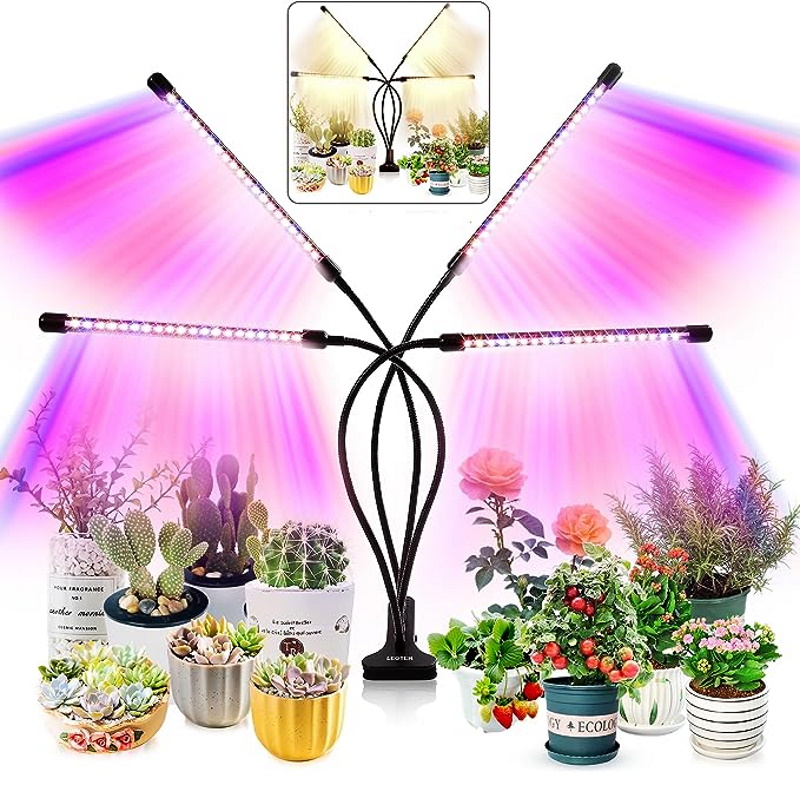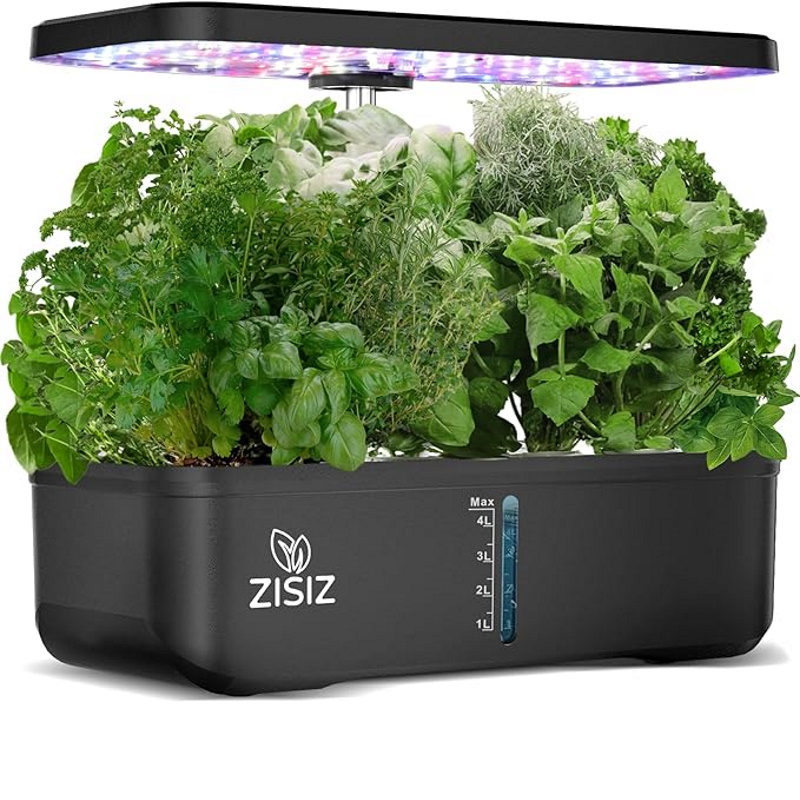When to use grow lights on plants – and how long to use them for
Grow lights have become increasingly popular. But how do you use them correctly? Experts weigh in
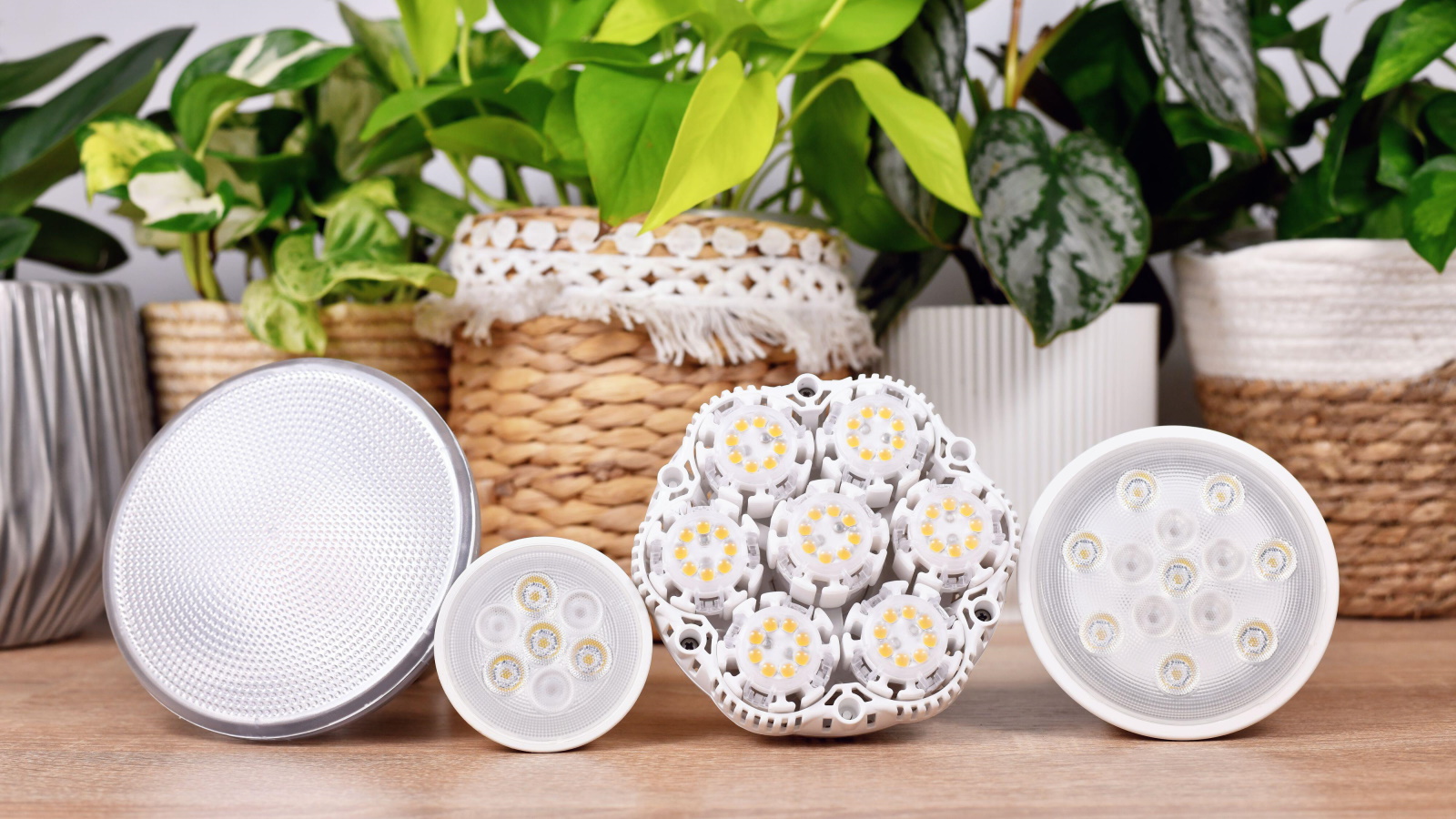

Just as houseplants have risen in popularity, so have grow lights - LED lights used to boost the growth of plants indoors. There's a lot of debate about how well they work, with many questioning when to use them and how long to keep them on for to see successful results.
When it comes to indoor gardening you want to ensure you're providing the best conditions to promote growth so that your indoor plants can thrive. If you're considering a grow light to help provide sufficient light for the plants you grow indoors, it's key to know how to use them correctly.
We've enlisted the advice of experts to find out when to use grow lights on plants and how long to use them for so that you can use them effectively.
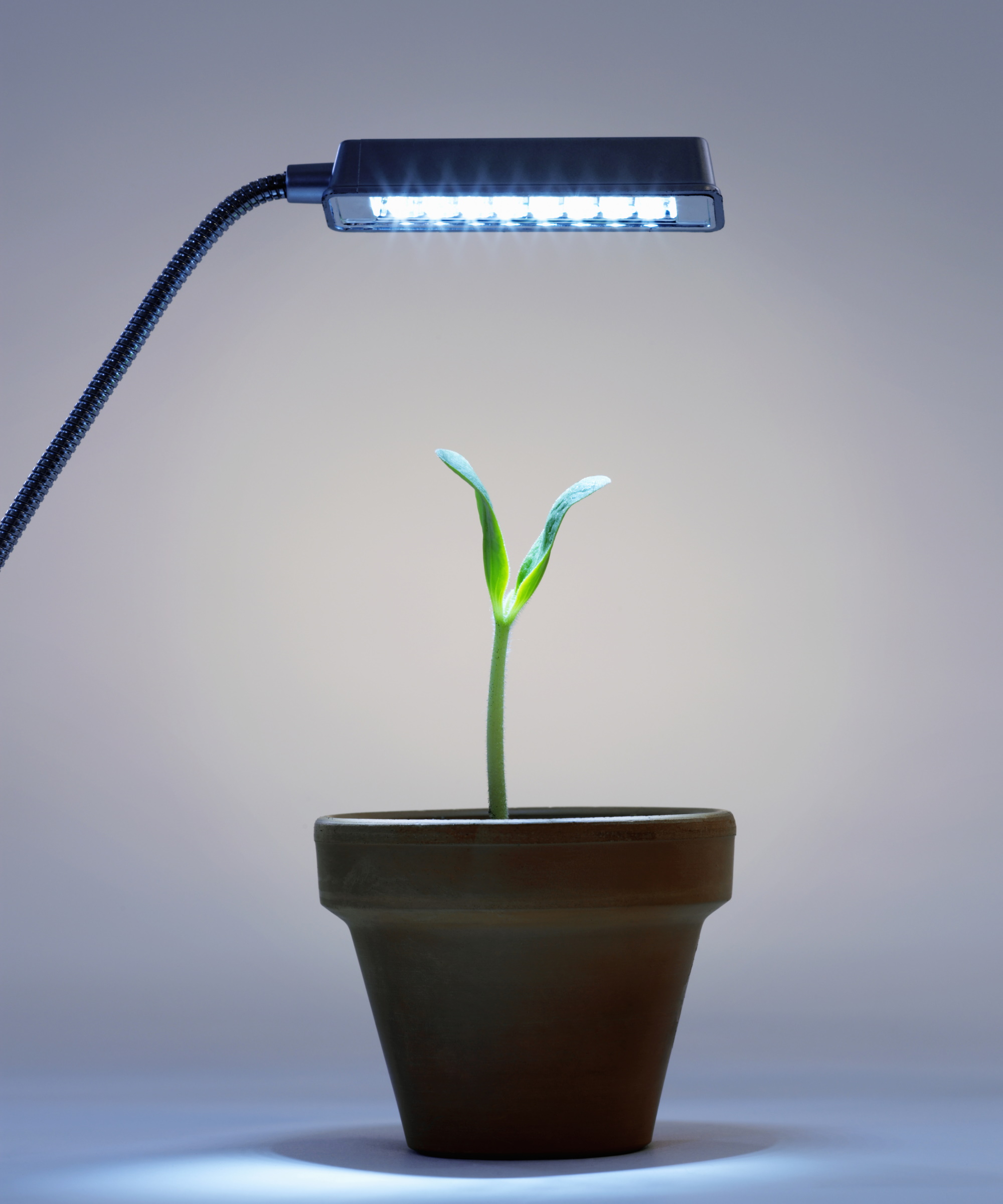
When to use grow lights
Grow lights are LED lights designed to provide plants grown indoors with extra light. There are a few reasons why you might use a grow light and experts have told us when exactly you should be using it.
To raise seedlings
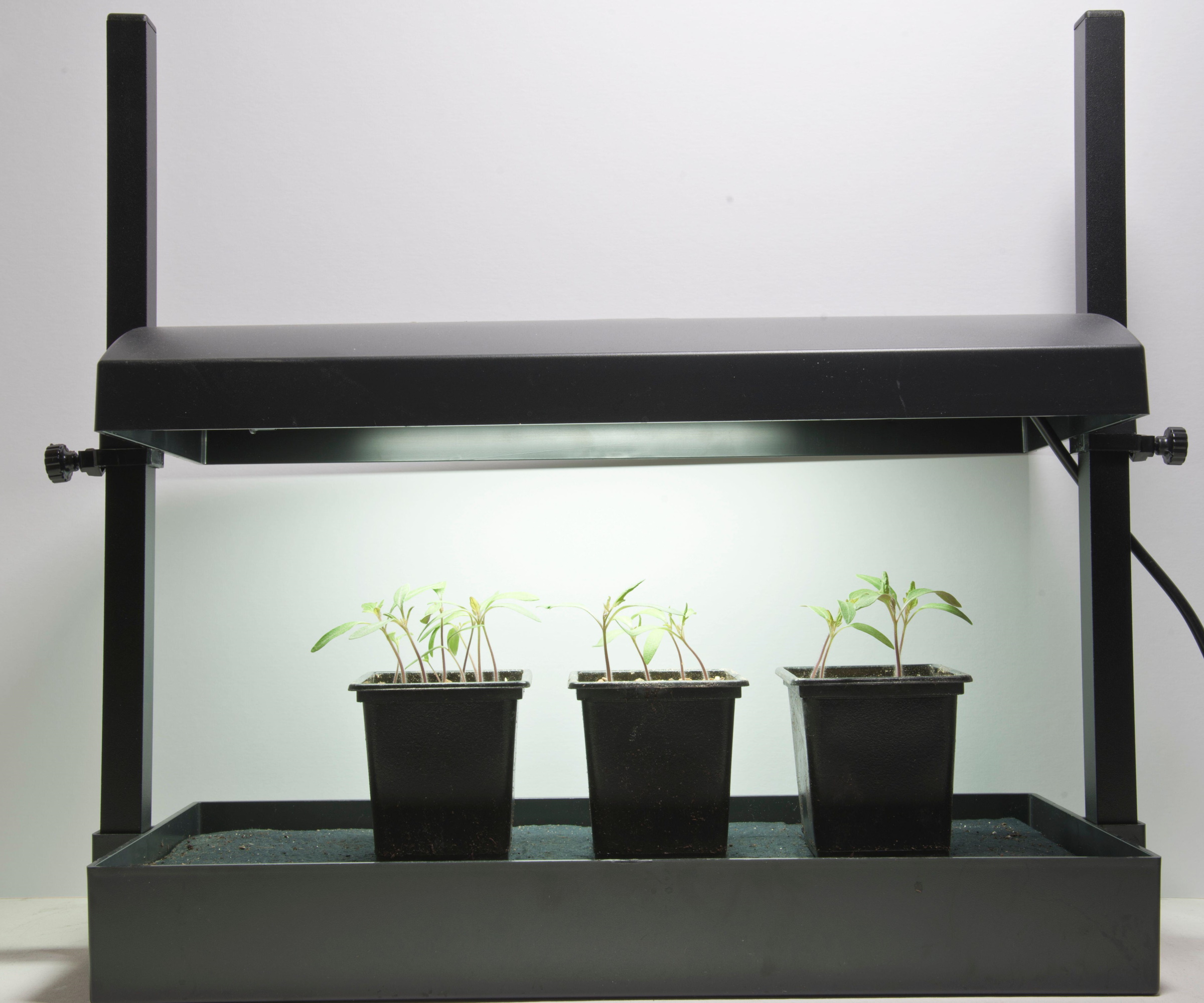
Perhaps the most obvious reason to use a grow light is when you have sown seeds indoors and are now raising seedlings.
'Supporting the growth of young seedlings may be tricky, but relying on grow lights is the ultimate failsafe solution,' says Anastasia Borisevich, plant expert at Plantum.
Anastasia notes there are a few things to keep in mind when using a grow light for seedlings.
'Install grow lights directly above the seedlings to ensure they grow evenly, don’t cast shadows on each other and don’t stretch out and deform,' Anastasia says. 'Once the first seedlings appear, the lights should be 6–7 inches above them to avoid leaf scorch and provide the plants with sufficient lighting,' she adds.
It's important to then increase the height of the grow lights as the seedlings grow taller.
Often indoor growing systems, like hydronic gardening kits, incorporate grow lights to support the growth of young plants and make it easier to grow at home.

Anastasia is a plant expert at the plant advice app, Plantum. She helps to identify plants and diagnose problems, as well as advising on care advice.
To give houseplants a boost
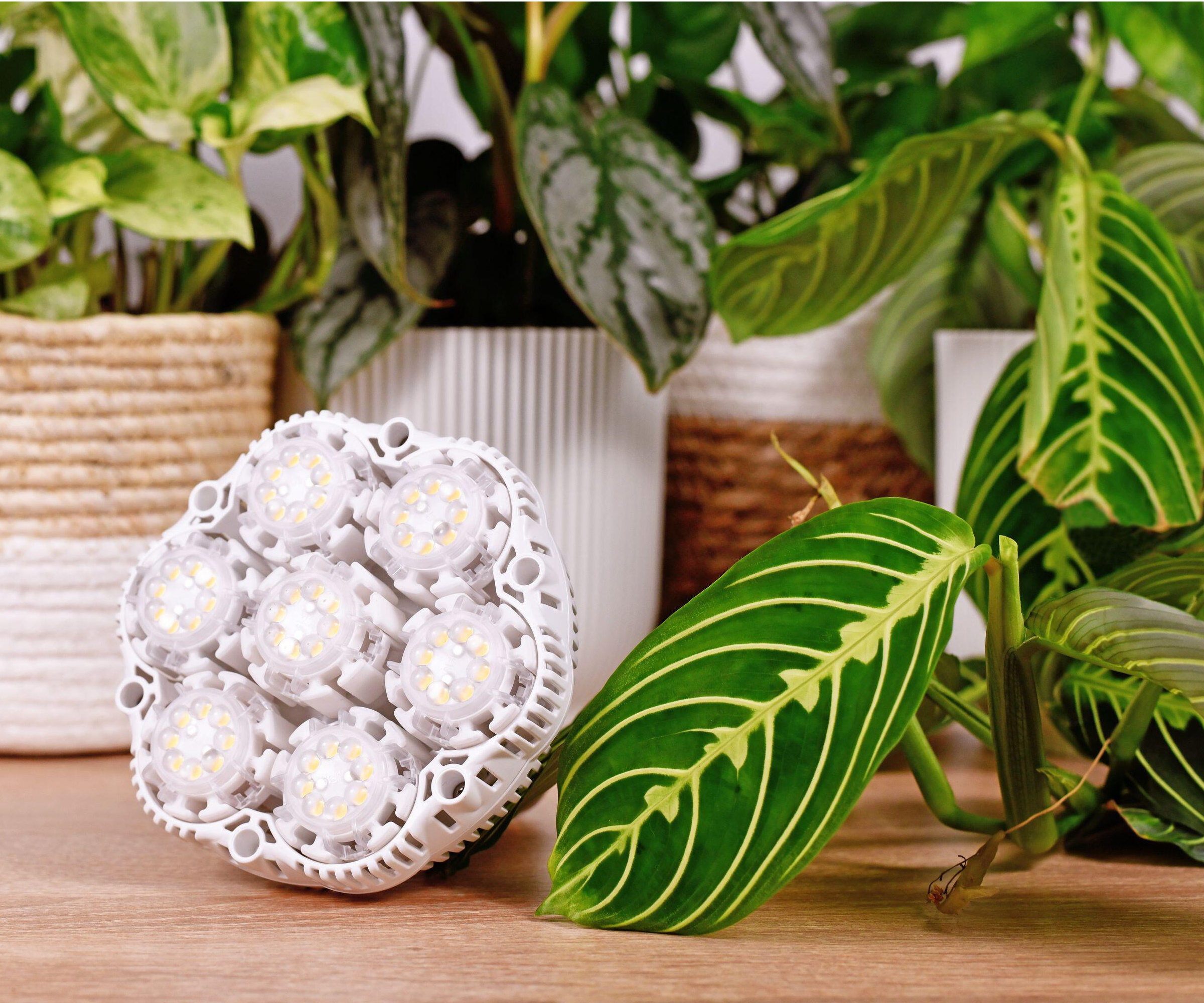
Another reason to get a grow light out is to give houseplants a boost on a darker days, especially if your houseplant collection doesn't consist of many indoor low light plants.
'Having few windows, the ones you have being too small or no free room left on your windowsills could well be reasons to add grow lights to your space to help your plants,' says Anastasia.
'Grow lights are used nowadays not only to supplement insufficient natural lighting but also to replace it. Fun fact: An experiment held at Purdue University in Indiana has proved that LED lights can potentially replace natural lighting. The researchers managed to grow the leaf lettuce with the help of red and blue LED bulbs,' she adds.
You can install grow lights above your houseplants to help provide sufficient light for them and boost their growth.
'A couple of feet above the greenery is the optimal range. This is a safe distance, and the positioning will help your plants grow evenly without getting leggy,' says Anastasia.
How long to use grow lights for
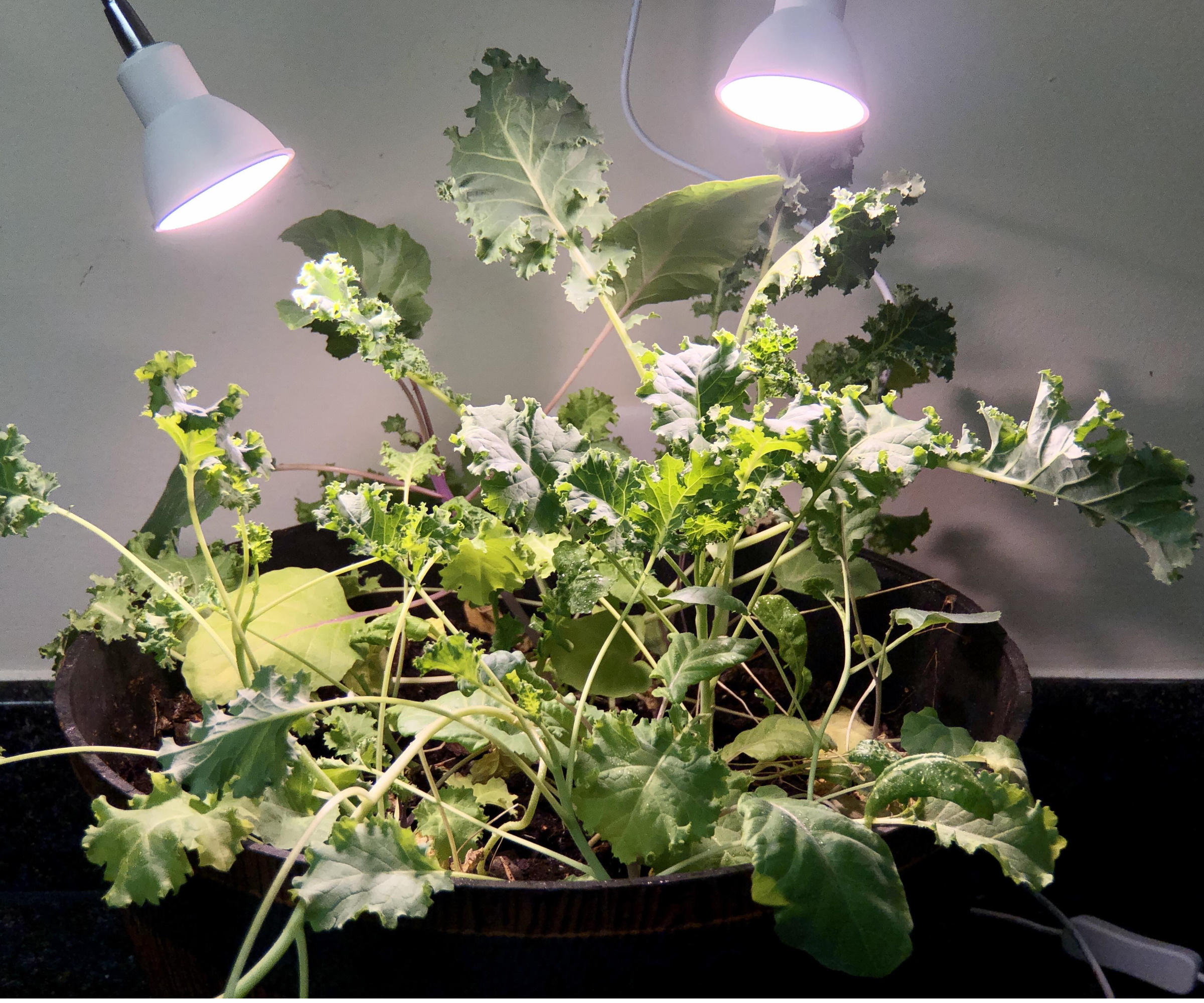
How long to leave a grow light on will depend on what plant you're using your grow light for and the purpose of using it.
'Eight to 10 hours a day is the minimum you should strive for, as that amounts to the average natural lighting outdoors,' says Anastasia. 'At the same time, checking each plant's requirements is also a great idea,' she adds.
Many grow lights come with timers so that you don't have to worry about turning it off.
If you're growing an indoor herb garden, growing strawberries indoors or other fruit and vegetables, the amount of time you leave a grow light on can be the key to a successful harvest.
'Short-day plants, the plants that require a period of darkness, typically require no more than 10–12 hours of light maximum per day. If you regularly exceed this limit, short-day species will bloom less profusely and bear less fruit,' says Anastasia.
'Long-day plants will please you with an abundant harvest if you provide them with at least 13 hours of light or, better yet, 14–16 hours per day,' she adds.
If it's a particularly overcast and gloomy day, there's no harm in leaving your grow lights on all day. Just take care to turn them off at night to ensure your plants still receive a period of darkness. Likewise, reduce the amount of time you use a grow light if it's a very sunny day.
Shop stylish grow lights
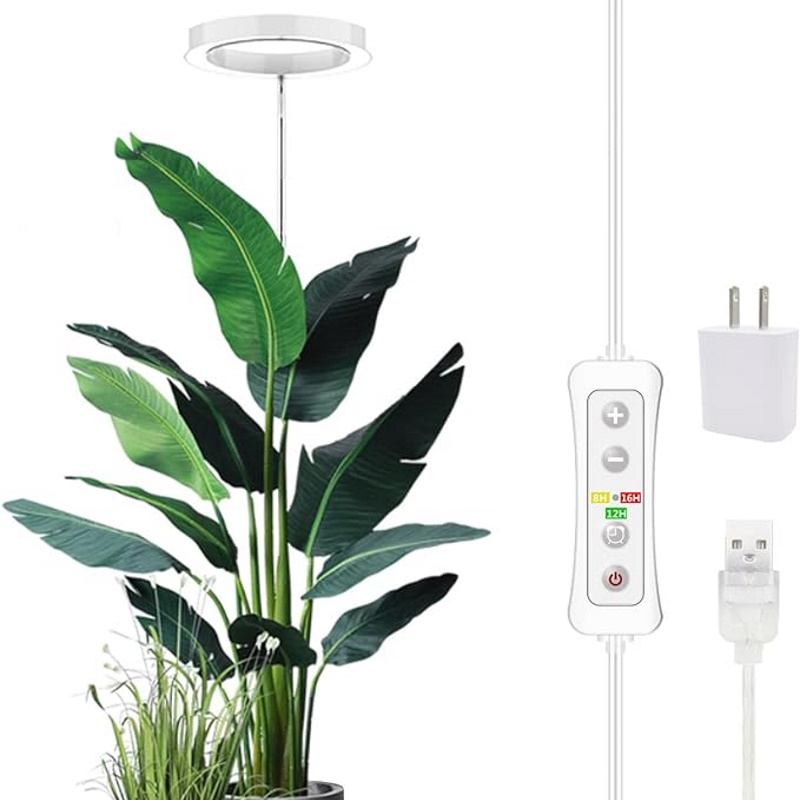
This full spectrum grow light is perfect for promoting the growth of indoor plants. It has an adjustable height, brightness and timer.
FAQs
What's the best type of grow light?
There are many different kinds of grow lights available, depending on what you want to achieve. If you are starting seeds and growing young seedlings indoors, you may find a hydroponic growing system the best choice. It combines a smart water system and grow lights to provide optimal growing conditions for young plants.
If you want to give your houseplants a boost, you might opt for a tall grow light that can be adjusted in height and stand above your plant's foliage. Many grow lights also emit different spectrums, such as red and blue grow lights which help satisfy energy requirements of plants.
Grow lights can be helpful tools for successful indoor gardening. They help provide extra light on darker days and support the growth of young plants. Always read up on your plant's specific care requirements to ensure you use a grow light for it correctly.
You might also find our feature on the future of indoor gardening interesting to consider new ways to garden indoors.
Sign up to the Homes & Gardens newsletter
Design expertise in your inbox – from inspiring decorating ideas and beautiful celebrity homes to practical gardening advice and shopping round-ups.

Tenielle is a Gardens News Writer at Homes & Gardens. She holds a qualification in MA Magazine Journalism and has over six years of journalistic experience. Before coming to Homes & Gardens, Tenielle was in the editorial department at the Royal Horticultural Society and worked on The Garden magazine. As our in-house houseplant expert, Tenielle writes on a range of solutions to houseplant problems, as well as other 'how to' guides, inspiring garden projects, and the latest gardening news. When she isn't writing, Tenielle can be found propagating her ever-growing collection of indoor plants, helping others overcome common houseplant pests and diseases, volunteering at a local gardening club, and attending gardening workshops, like a composting masterclass.
-
 How to clean a patio – 6 different methods, and when you must use a chemical cleaning agent
How to clean a patio – 6 different methods, and when you must use a chemical cleaning agentFrom manual scrubbing, natural solutions or calling in the pros, industry experts reveal the benefits and considerations of each method
By Andy van Terheyden Published
-
 Kris Jenner's favorite air fryer, the Ninja Crispi, is the perfect small kitchen solution – it deserves a place on the most compact of countertops
Kris Jenner's favorite air fryer, the Ninja Crispi, is the perfect small kitchen solution – it deserves a place on the most compact of countertopsKris approves of this compact yet powerful air fryer, and so do our own kitchen appliance experts, praising it for its multifunctionality
By Hannah Ziegler Published
